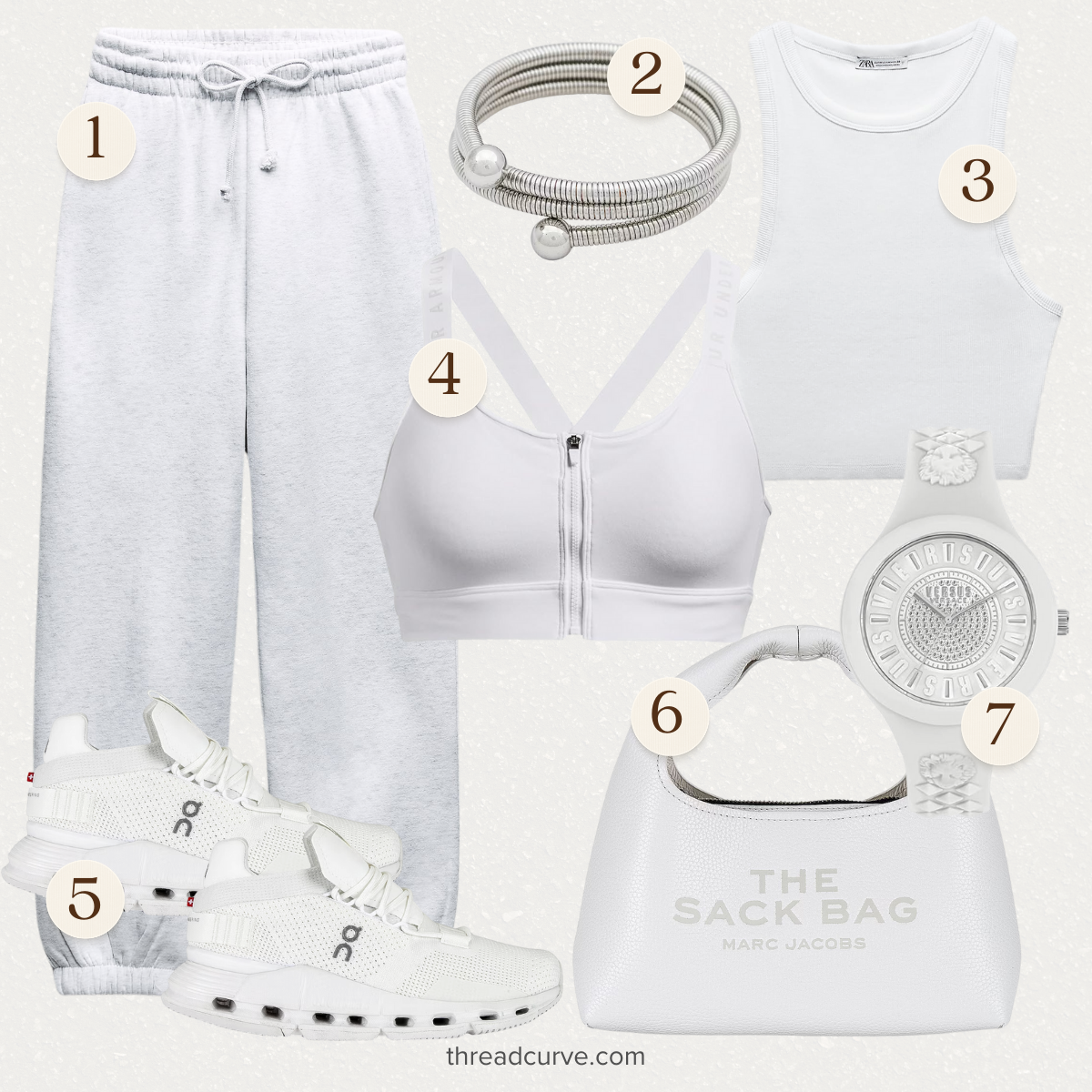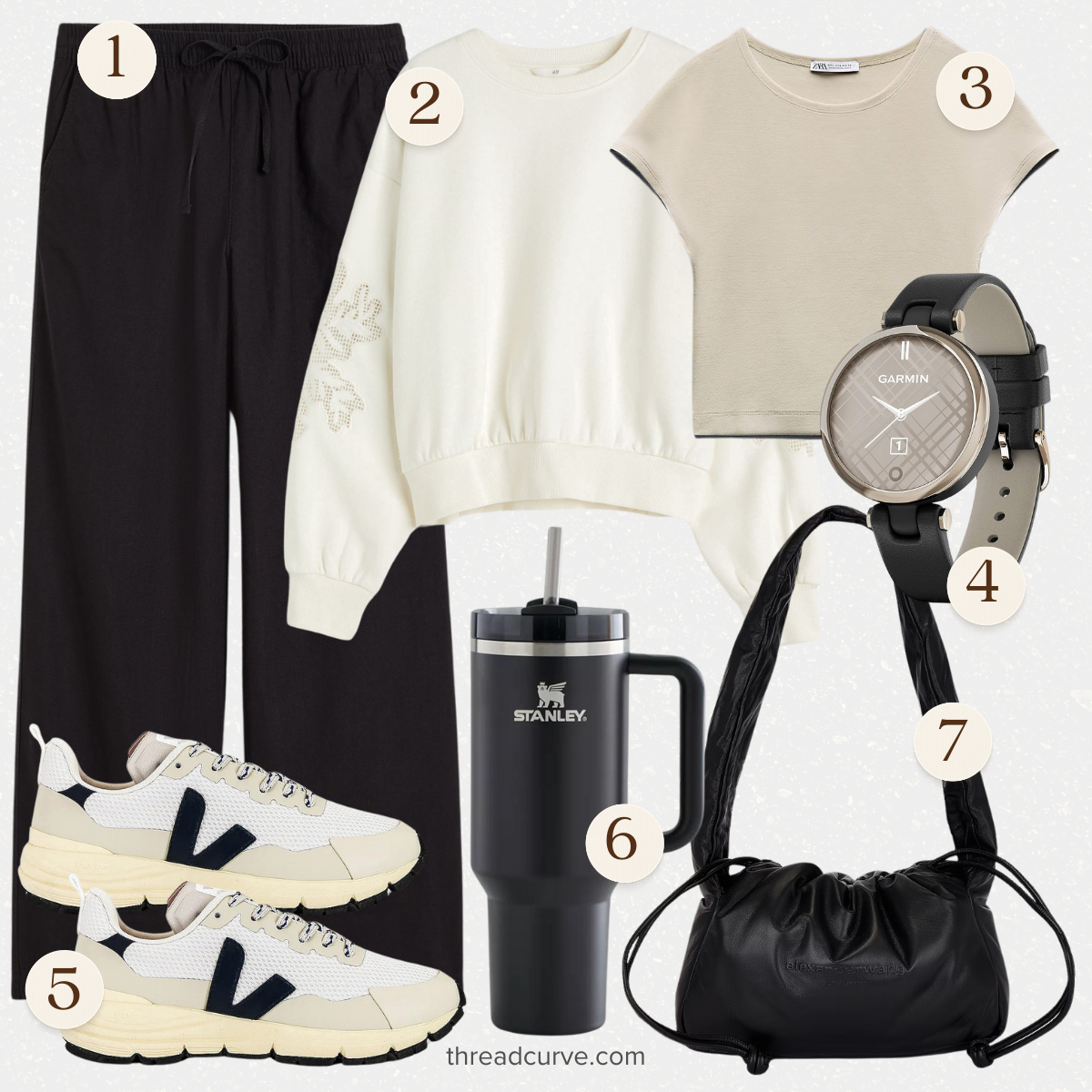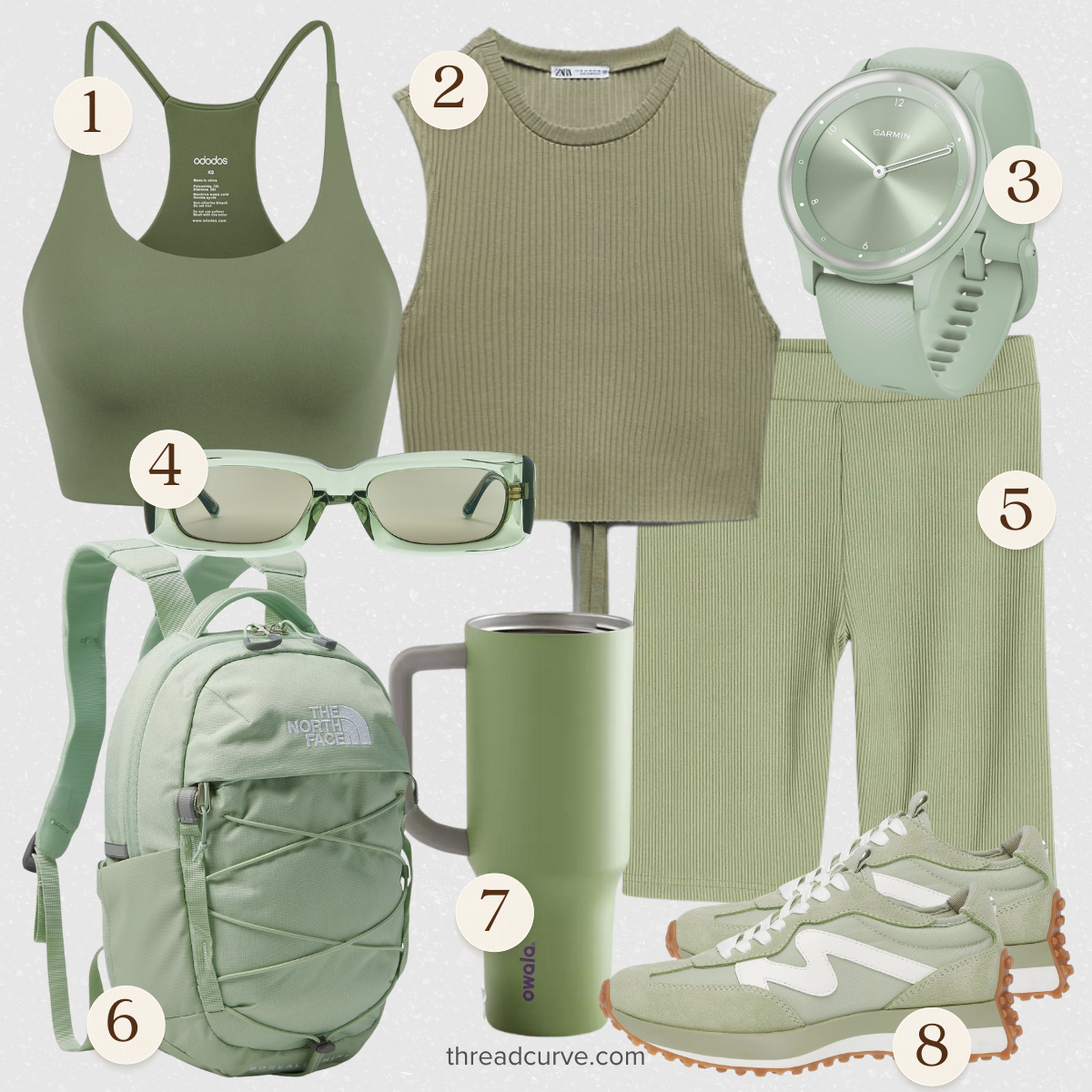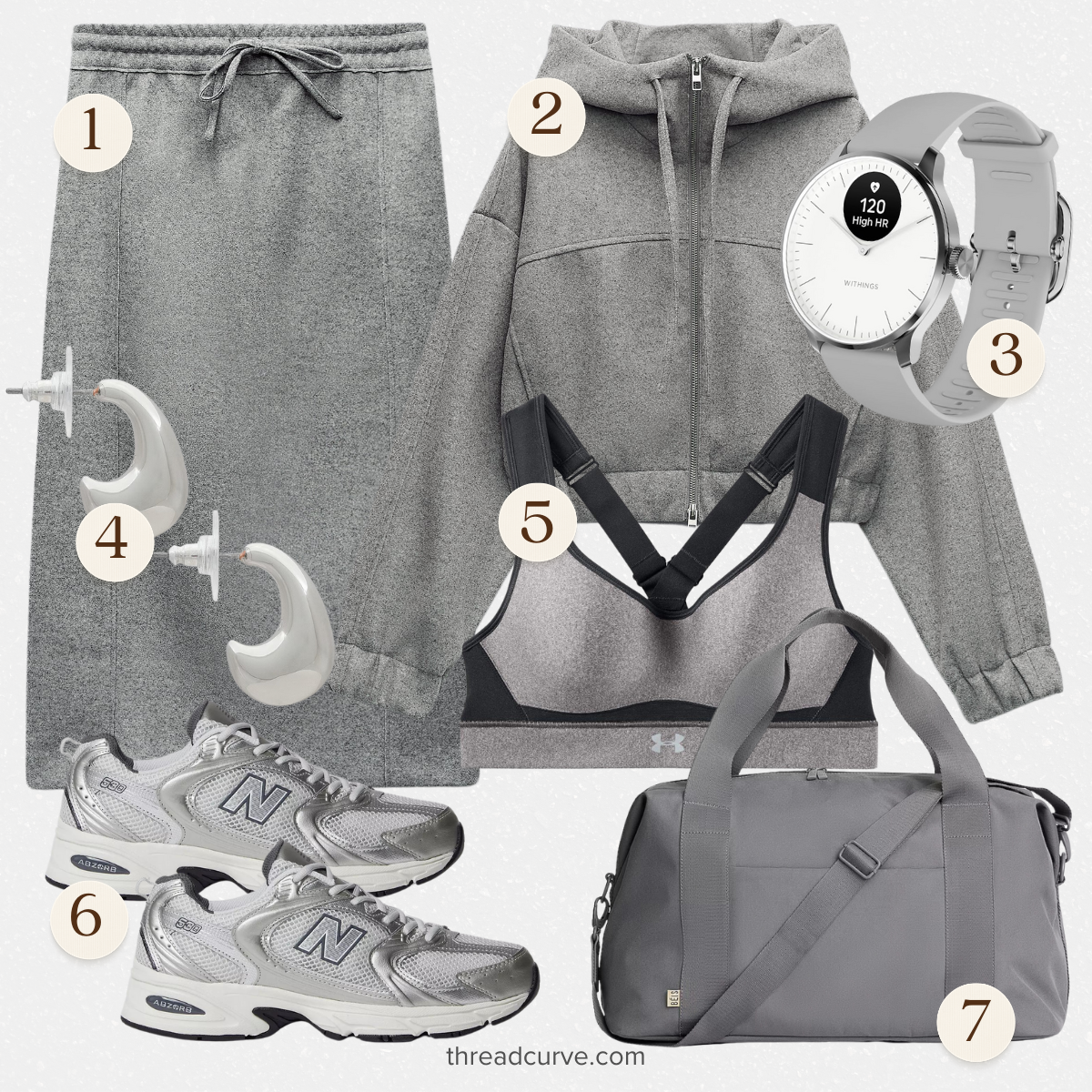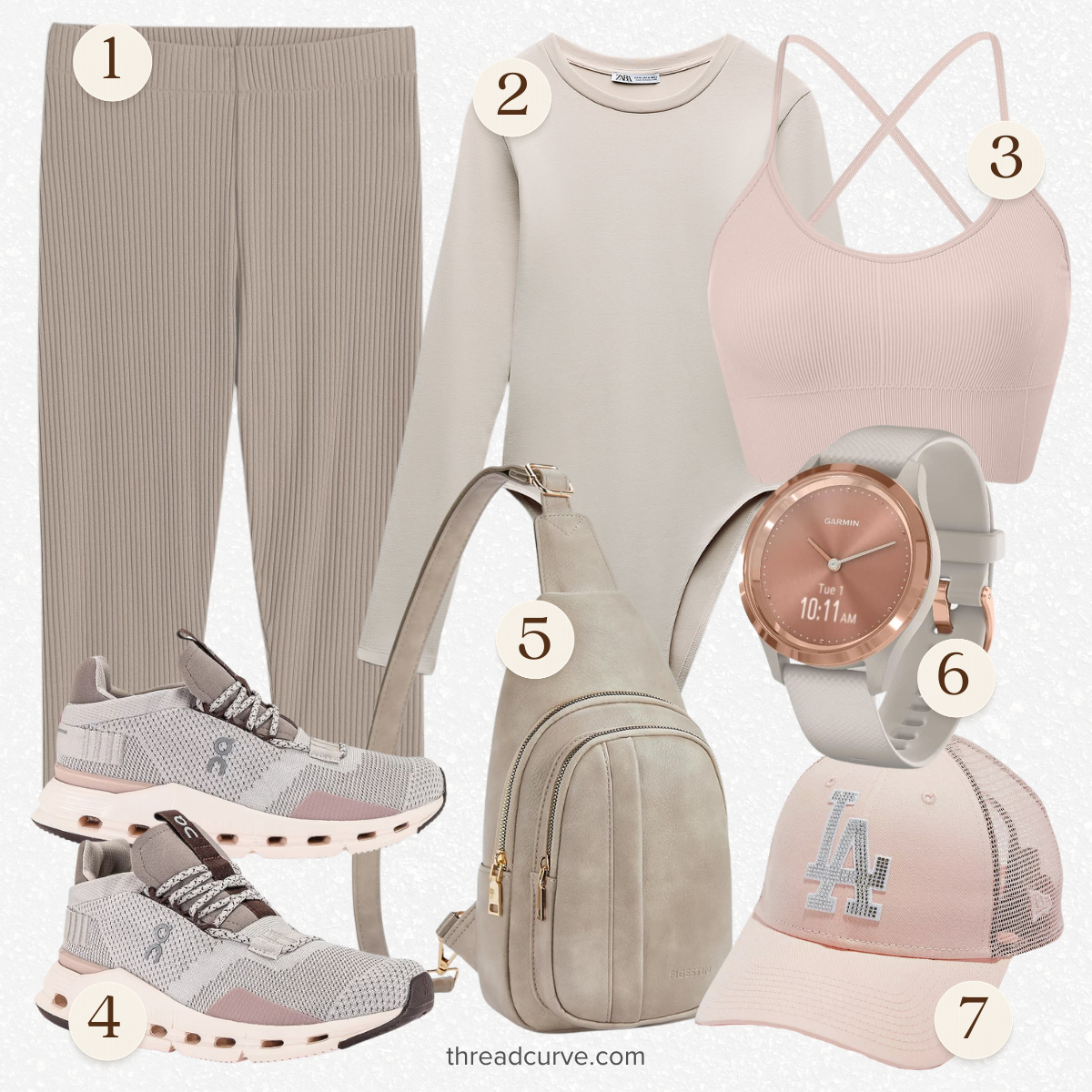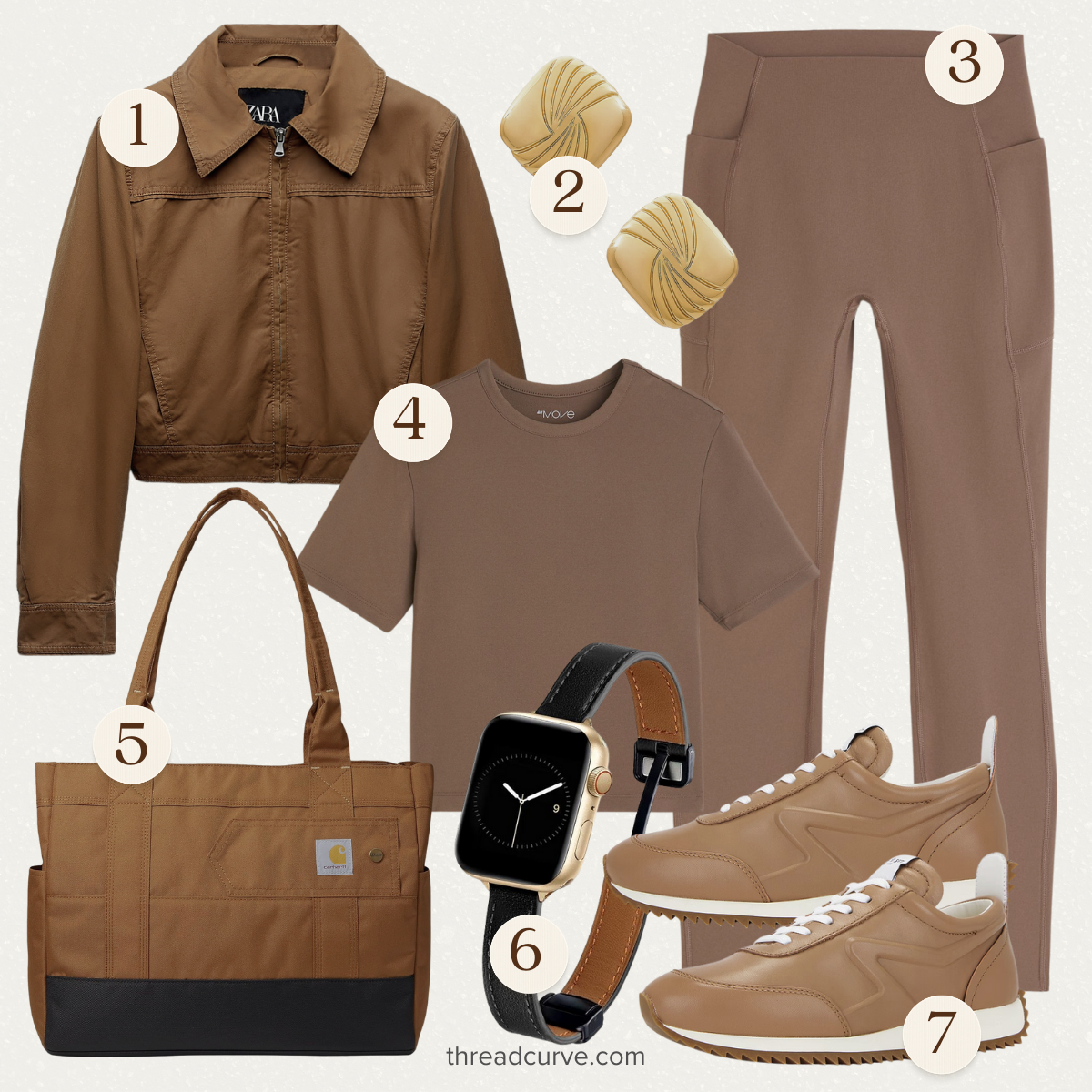
When dressing for your run, you need clothing that breathes, keeps sweat away from your skin, helps keep you cool, and doesn’t constrict your movements. In the summertime, people often choose between wearing a tank top and shorts or a running singlet. These unisex apparel items both have their advantages and disadvantages.
What is a tank top?
The term tank top refers to a shirt with straps instead of sleeves. These straps take many forms, including spaghetti, wideband, ties, and shell designs. The shirt covers the torso from the neck to just below the waistline.
Typically, you wear them untucked for a workout and tucked in for dressy occasions. These shirts when designed for athletic pursuits may be made from cotton, Lycra, terry cloth, fleece, or polyester. The tank top may fit loosely or conform to the body.
Related: 6 Different Types of Tank Tops for Men | 9 Different Types of Tank Tops for Women
What is a running singlet?

You might think you’ve never heard of a running singlet, but you might just call it by a different name, such as a unitard or onesie. The latter refers to a children’s clothing type, while the former typifies athletic training wear use.
The term singlet refers to a one-piece clothing item that covers the torso, rear, and thighs. A singlet typically consists of a blend of fabrics, such as Lycra and cotton or polyester. A singlet conforms to the body like a bodycon dress would.
Benefits of a tank top

You can mix and match your tank top with various shorts. A tank top can compliment running shorts, bike shorts, or dressy shorts, so you can wear your tank tops with both your running gear and your other outfits. This extends your wardrobe and makes your clothing budget go further.
You can layer tank tops so you can remove one layer of clothing as your workout progresses. This helps your body remain cool and can help extend the length of your workout.
Benefits of a running singlet
You only have one piece of clothing to put on with a unitard. This piece of workout wear typically has built-in underwear. The unitards for women have a built-in bra and panties, while those for men have a built-in brief.
Designers typically create singlets with amateur or professional training in mind. They design this apparel to fit the body without constriction and to wick away sweat.
Styling a tank top or running singlet

You may want to style an attractive outfit for your workout to impress someone you train with or who you want to notice you at the gym or track. (There’s nothing wrong with looking good while you work out.)
A tank top affords either gender more choices in styling. A black tank top goes with any shorts since black goes with everything. If you have a tank top in a print or a solid color, pair it with shorts of the same color for best results.
For example, if you wear a red tank top, pair it with red or black shorts. If you wear a tie-dyed tank top, pair it with solid colored shorts of the main color in the tie-dye.
Pair the outfit with running shoes of a solid color or those with a matching colorway. For example, white sneakers with a red accent in the colorway would match the red on red or red on black outfit.
Wearing a singlet simplifies matters. It uses one color or pattern and the unitard covers all of you. It is the only item you need to wear, so matching your shoes to your singlet becomes your only issue. With respect to socks, choose no-shows. You’re running, so there’s no reason to wear high socks.
Where to Buy Tank Tops or Running Singlets/Unitards
Most department stores carry tank tops and running singlets or unitards. Online, you can purchase these items at Macy’s, Amazon, Dillard’s, or Foleys. Many athletic shoe stores also offer tanks and unitards for sale. Other options include athleticwear and athletic-leisurewear sites, such as Lululemon and Fabletics.
When shopping online for running gear, check the sizing used by the manufacturer/designer. Some companies use letter sizing, while others use numeric sizes. Designers base their sizes on the standard sizes of the country in which they established their business.
For instance, Versace uses Italian sizing, Nike uses US sizes, Chanel uses French sizes, etc. These vary and do not translate directly. Often an individual will need to purchase a larger size than they typically would when buying a foreign brand.

